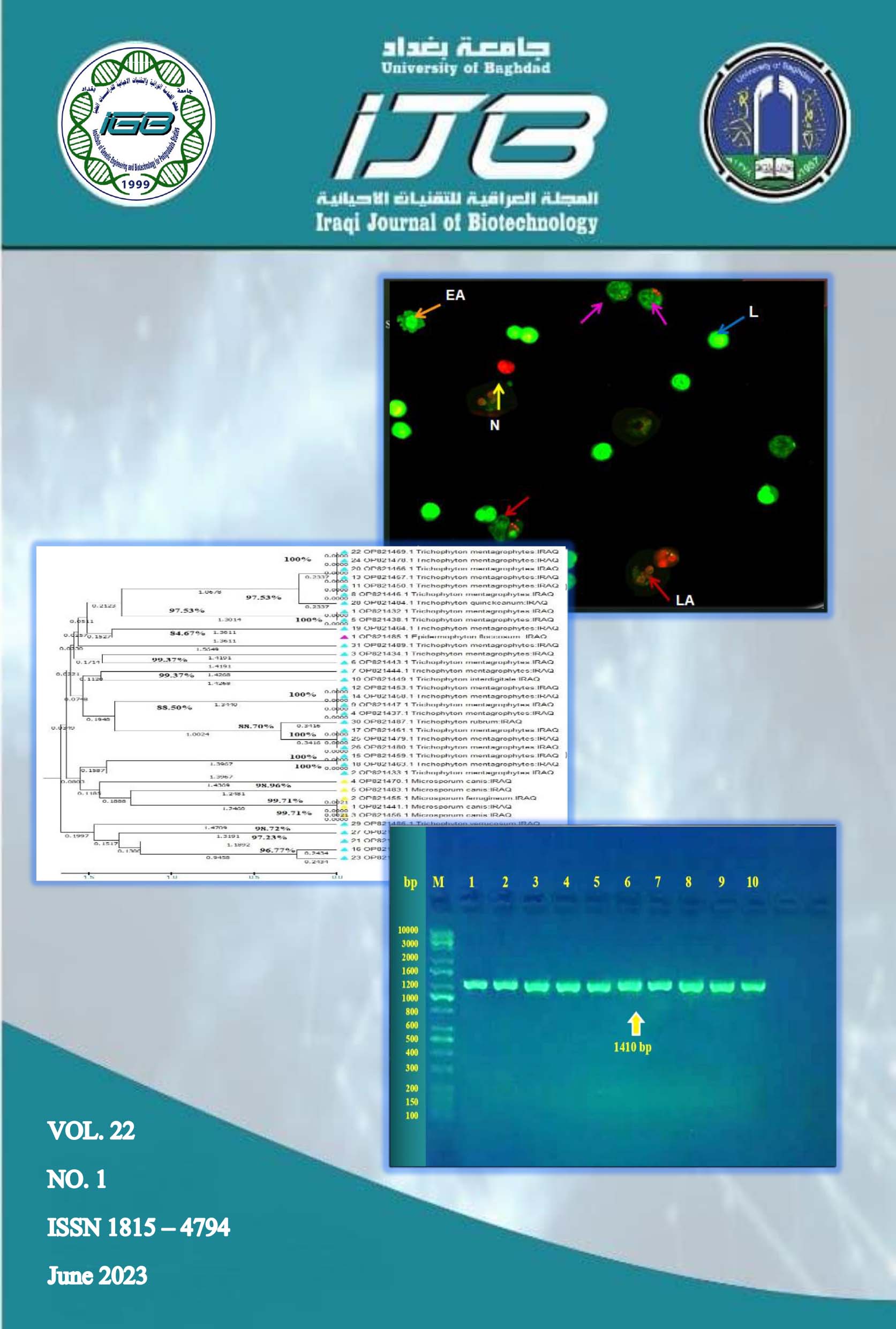Role of BIRC5 Gene Polymorphisms with Serum Level of Survivin in Iraqi Patients with Multiple Sclerosis
Abstract
Multiple sclerosis, often known as MS, is a disease of the central nervous system that is brought on by damage to the myelin sheath, which is a protective covering that surrounds and shields nerve cells in the brain and spinal cord. Undoubtedly, the immunological mechanisms are involved in the pathogenesis of this disease, but the initiating factors remain obscure. This study aimed to role the baculoviral inhibitor apoptosis protein (IAP) repeat containing 5 BIRC5) rs17878467 C/T) gene to regulate survivin levels in Iraqi patients diagnosed with multiple sclerosis. This study included hundred volunteers: fifty patients with multiple sclerosis, 18 (36.00%) males and 32 (64.00%) females. The age mean of MS patients was (38.14) years. While the fifty remaining samples were taken from healthy people 27 (54.00%) males and 23 (46.00%) females, the age mean was (41.04) years. Molecular study was performed in order to investigate the two single nucleotide polymorphisms (SNPs) for BIRC5 gene in chromosome 17 (rs9904341 and rs17878467) for studied groups which have determined using high resolution method (HRM) genotyping assay by real time polymerase chain reaction (RT-PCR) using the Qiagen rotor gene Q real-time PCR system. This study concluded that the rs17878467 C/T genotype was associated with increased risk for MS in Iraqi patients with highly significant difference. It was concluded that serum level of the survivin protein was higher in multiple sclerosis patients than the control group with statistically significant differences that can be considered a diagnostic marker.


